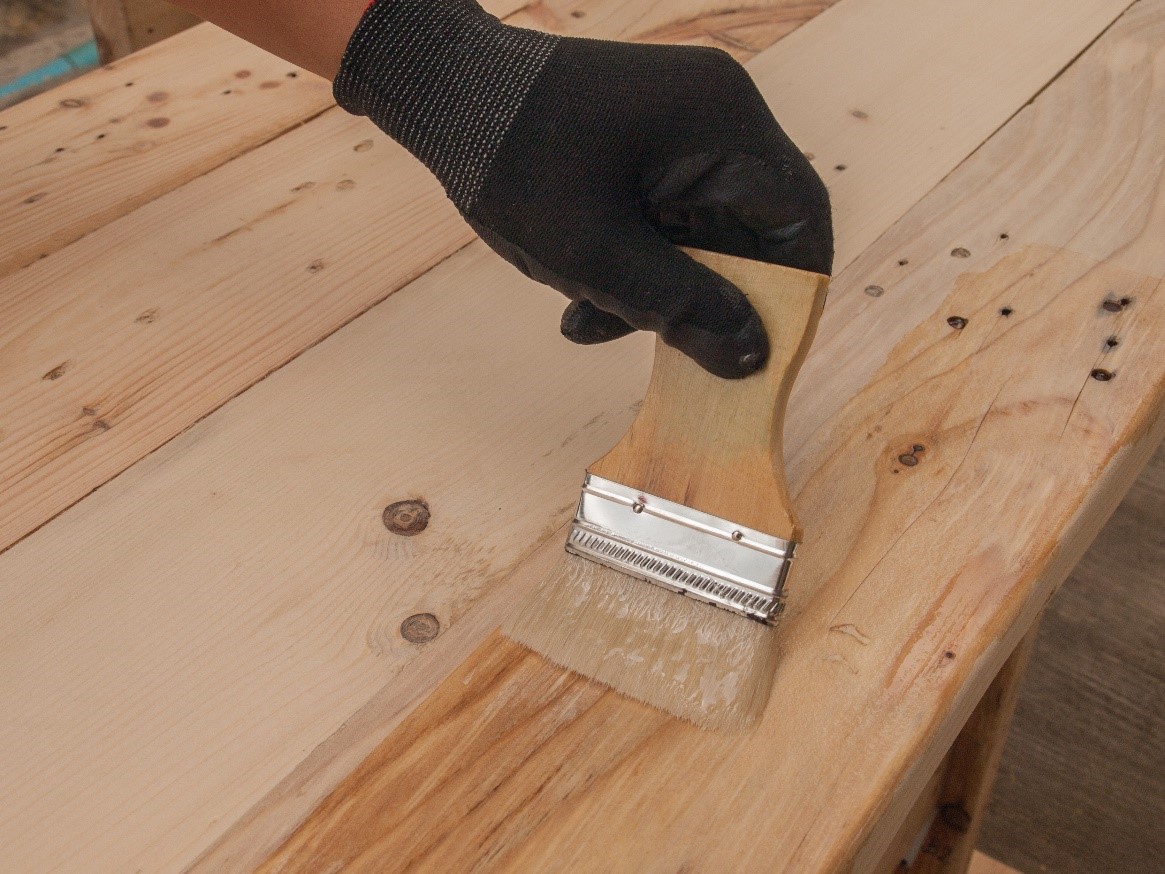The History of Antique Wood Finishing Techniques
 The types of wood finishes we have today come from centuries of artisans and craftsmen perfecting natural wood finishing techniques. When we uncover beautiful antique wooden furniture, it’s easy to find the skill of the maker in the workmanship, but the finish is often faded due to age and other factors.
The types of wood finishes we have today come from centuries of artisans and craftsmen perfecting natural wood finishing techniques. When we uncover beautiful antique wooden furniture, it’s easy to find the skill of the maker in the workmanship, but the finish is often faded due to age and other factors.
Early antique wood finishes, such as lacquer or shellac, were made from natural, degradable, materials that oxidate and change over time. Identifying the type of finish may help you identify the time period your piece was created.
Oil
The most common oil finishes are linseed oil and tung oil. Both are applied by hand and bring out deep grain patterns in wood.
Tung oil traces back to ancient China and has a long history in use for water-proofing items. Both tung and linseed oil require long curing times and are less durable than lacquers, but the results are worthwhile.
Wax
Wax was commonly used from the mid-1700s to the early 1800s. Many cabinetmakers used beeswax, which is still used today. Because it was almost universally available in rural New England and w the high cost of importing varnishes from elsewhere in the world, the majority of colonial furniture was likely finished with beeswax. Wax finishes are usually polished to a high gloss finish, or mixed with turpentine to make rubbing and polishing easier.
Shellac
Shellac is actually the product of a resin produced by the lac bug, a native of India. It has been used as a decorative finish for thousands of years. Common use in wood finishes began long ago, but in the early 1800s in the United States. It was imported from India to Europe, to Britain, and eventually the U.S. Due to import duties initially, shellac was far too expensive for most woodworkers. However, when American merchants began sourcing this antique wood finishing product directly from India, the price dropped and became affordable.
Shellac is not water-proof nor chemical-proof and easily damaged. Since it is only applied by hand, these finishes are found mostly in older fine antiques and somewhat considered outdated.
Lacquer
There are many types of lacquer that have been used in wood finishes. There are centuries of long histories in carved lacquerware in Asian countries. Many of the pottery and wood pieces still populate museums today.
There are more types of common wood finishing lacquers used today: precatalyzed and nitrocellulose. They are more durable and long lasting than other shellac or wax finishes. Nitrocellulose lacquers are produced from wood pulp for its cellulose nitrate (the main ingredient in lacquer) and are common in automotive painting. We use precatalyzed unless your project demands otherwise.
Today’s Antique Wood Furniture Finishes
Modern furniture and cabinets has a variety of wood finishes, both naturally and chemically altered. You can still find wax, oil, natural shellac, and traditional lacquer in many paint and hardware stores. Most types of wood finishing products today are designed to be much more durable than those from centuries ago.
For help with antique wood finishes, contact us about your next refinishing projects.
